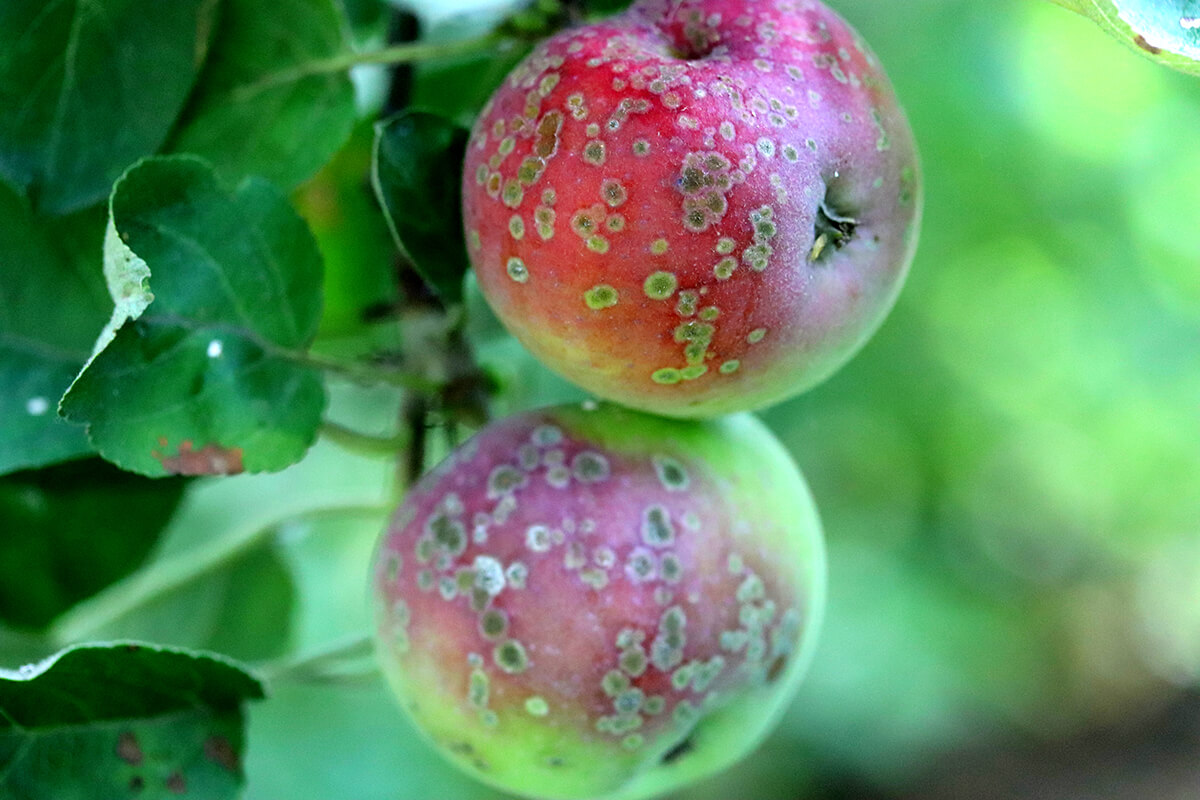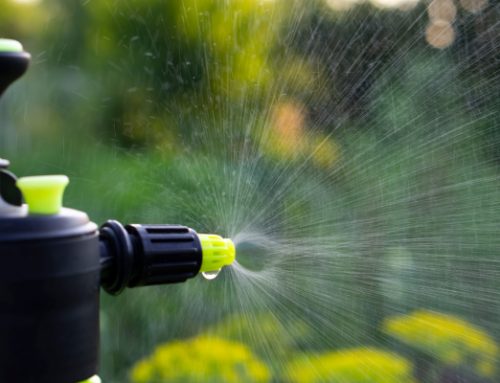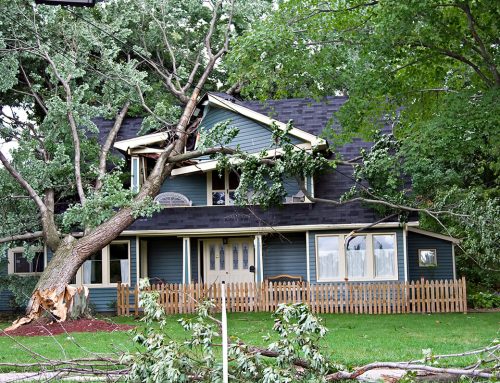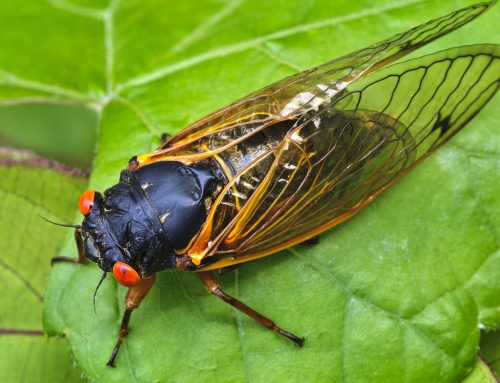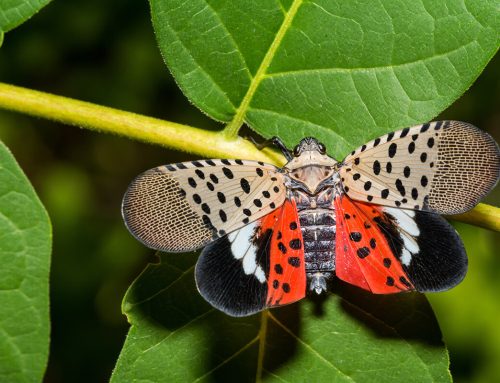Apple scabs are a prevalent and persistent threat to crabapple trees. This disease typically occurs during the growing season, especially in spring and early summer when the weather is cool and wet. It can wreak havoc on apple and crabapple trees, often causing considerable damage to their leaves and fruit. With the proper knowledge and treatment strategies, it’s possible to manage and control apple scab outbreaks effectively.
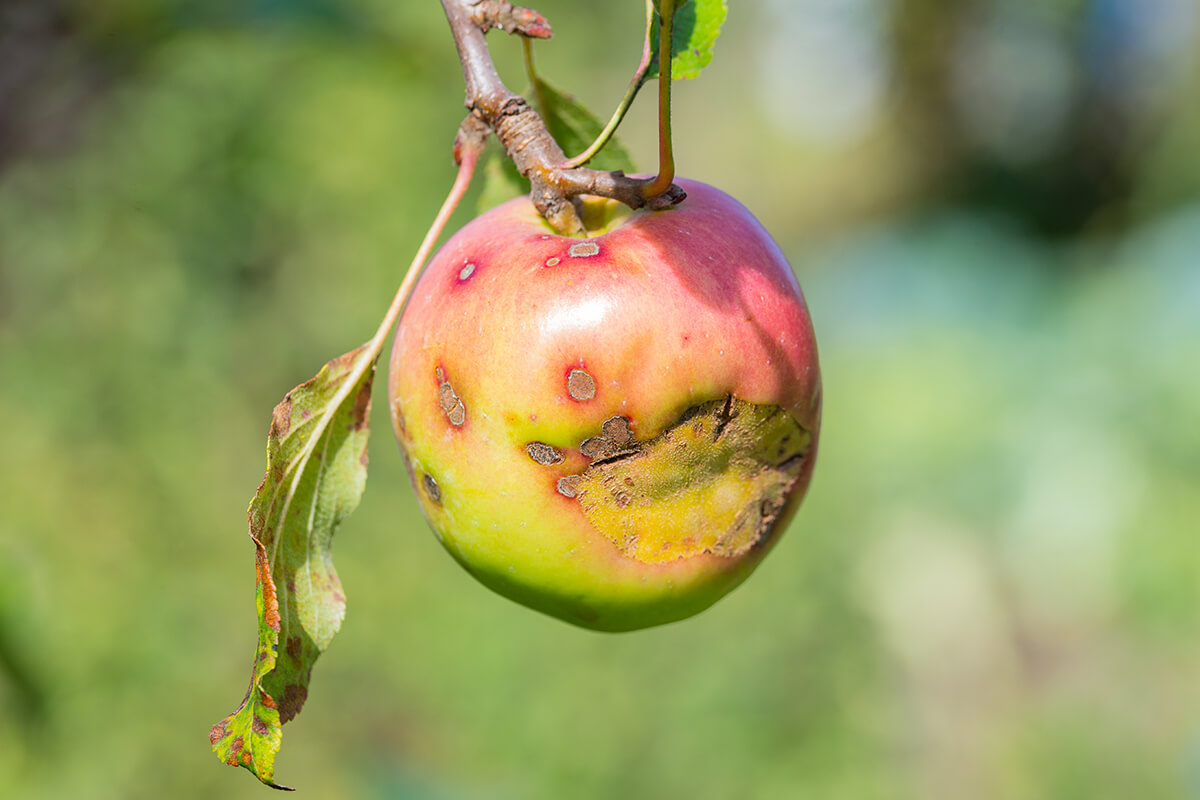
Understanding the Disease
Venturia inaequalis is a fungal pathogen responsible for causing apple scab, a common and destructive disease. Trees typically get apple scabs through airborne spores from infected leaves and fruit. These spores are released during wet spring and early summer conditions and are carried by the wind to nearby trees.
When the spores land on susceptible plant tissue, such as young leaves or developing fruit, they germinate and penetrate the surface, infecting the tree. Once infected, the fungus grows within the plant tissue, causing characteristic black and dark green lesions. This infection can lead to premature leaf drop, reduced flowering, and compromised fruit quality.
Symptoms
The Threat
Scabs typically begin to form within a few weeks of infection. The fungus can rapidly reproduce, spreading between trees and infecting all susceptible ones within a season. Venturia inaequalis also increases the tree’s susceptibility to other diseases.
While apple scab primarily targets apple and crabapple trees, it can also infect other members of the Rosaceae family, including pear, mountain ash, hawthorn, and cotoneaster. Certain ornamental plants like roses may also be susceptible to scab infections.
Diagnosing Apple Scab
To diagnose apple scab, a trained arborist will visually inspect the affected tree for these characteristic symptoms:
-
Leaf Lesions
Look for dark green and black velvety spots or patches on the leaves. These may develop into larger, irregularly shaped lesions over time. The lesions may lead to leaf distortion and premature leaf drop as the infection progresses.
-
Fruit Lesions
Check the surface of the fruit for dark, scabby spots or blotches, particularly on the undersides. Severe infections can cause fruit distortion, cracking, and premature fruit drop.
-
Stem Lesions
Examine the stems for sunken areas or cankers, which may indicate fungal infection and compromise the tree’s structural integrity.
Treatment Strategies and Prevention
Treatment is necessary to minimize its damaging effects and control the spread of apple scab. Proactive management can help mitigate its impact and preserve the health of your trees:
Pruning
Prune your crabapple trees to improve air circulation and sunlight penetration, creating conditions less favorable for fungal growth and disease development.
Fungicidal Sprays
Apply fungicides labeled for crabapple scab control according to the manufacturer’s recommendations. Fungicides containing active ingredients such as captan, mancozeb, myclobutanil, or propiconazole are commonly used for controlling apple scab. Begin spraying before bud break in spring and continue regularly throughout the growing season.
Tree Maintenance
Maintain good tree health through proper watering, fertilization, and mulching to reduce stress and improve the tree’s ability to withstand disease pressure. Remove fallen leaves and fruit, as they can harbor fungal spores over the winter.
Planning Before Planting
Adequate spacing between trees can also promote airflow and reduce humidity, which can help suppress fungal growth.
Effectively managing apple scab requires a combination of preventive measures and treatment strategies. By understanding the disease cycle, it’s possible to minimize the impact of apple scabs on tree health and fruit quality. Regularly inspect your crabapple trees for signs of scab and promptly address any emerging issues to prevent further spread and damage.
